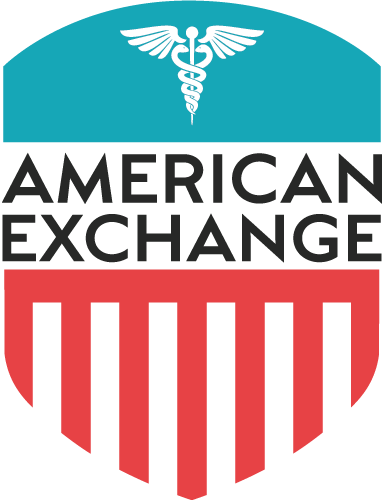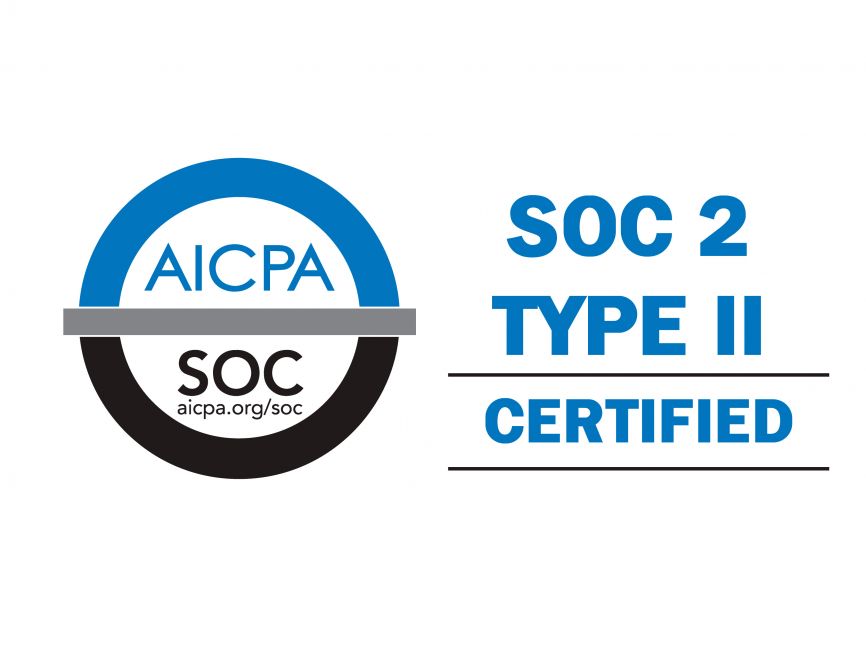Medicare Coverage
“It was my good fortune to have Michelle Oakley from American Exchange to help me with choosing a Medicare plan that was right for ME. Her expertise in this field along with her personal interest and great personality made me feel at ease in an important decision. Thank you Michelle”
JD FUMOR
Understanding the Basics of Medicare
Who is Eligible for Medicare?
Medicare is the federal health insurance program for:
- People who are 65 or older
- Certain younger people with disabilities
- People with End-Stage Renal Disease (permanent kidney failure requiring dialysis or a transplant)
⊕ Download our Medicare Basics Flyer to see what’s covered.
When Can I Enroll in Medicare?
Most people sign up for both Part A (Hospital Insurance) and Part B (Medical Insurance) when they’re first eligible (usually when they turn 65). Generally, there are risks to signing up later, like a gap in your coverage or having to pay a penalty. People with disabilities and those with End Stage Renal Disease (ESRD) may qualify before they turn 65.
⊕ Download our Medicare Basics Flyer to see what’s covered.
Medicare Has 4 Basic Parts
Medicare Part A: Hospital Insurance
Medicare Part A covers:
- Inpatient care in a hospital
- Care in a skilled nursing facility
- Hospice care
- Some home health care
Once you turn 65, Medicare Part A is premium-free to most older Americans if you or your spouse worked for at least 10 years and paid Medicare taxes. Medicare is also available for people who get Social Security or Railroad Retirement Board disability insurance, and those with End-Stage Renal Disease (kidney failure) and Lou Gehrig’s disease (ALS).
Medicare Part B: Medical Insurance
Medicare Part B helps pay for:
- Doctor visits
- Outpatient care
- Lab services, like X-rays, blood work, and other diagnostic services
- Home health services
- Certain therapies, like physical and occupational
- Durable medical equipment, like wheelchairs, oxygen equipment, and other medical equipment
- Mental health service
- Many preventive services, like flu shots and cancer screenings.
Medicare Part B Costs
You must pay a monthly premium for Medicare Part B. The premium could be higher depending on your income. After you meet your Part B deductible, you will pay coinsurance, which is 20% of the Medicare-approved amount for the services you receive. For example, if the Medicare-approved amount for a service is $100, Medicare would pay $80, and you would pay $20.
To help you pay for Medicare Parts A&B deductibles and coinsurance, some people choose to purchase a Medigap policy.
Medigap
There are a lot of different Medigap policies to choose from. They are lettered: A, B, C, D, F, G, K, L, M, and N. Not all plans are available, depending on when you enrolled in Medicare. And Massachusetts, Minnesota, and Wisconsin plans are a bit different.
To try to make it easier for you, all plans in each letter group must offer the same basic benefits — they’ve been standardized. The cost may vary, and some may offer more coverage than others. For example, all companies offering Plan A in Tennessee must all cover the same benefits; they can just charge you more or add a few perks. Medigap plans do not cover prescription drugs.
Medigap Costs
Remember, you do not have to buy a Medigap plan. You can choose to pay the costs that Medicare Parts A&B do not cover out of your own pocket. A Medigap policy just protects you from unexpected costs.
Medigap policies vary in price. The price goes up the deeper into the alphabet you go. Plans A and B will cost you less than plan G.
Medicare Part C: Medicare Advantage
Medicare offers more of a one-stop-shop to get your covered benefits called Medicare Advantage. Instead of having to sign up for Medicare Parts A&B and choosing to enroll in a Medigap plan, you can get all of the same coverage as Original Medicare.
Medicare plans set limits on how much you will have to pay out of pocket each year, like deductibles and coinsurance. This protects you from costs you weren’t expecting. Most plans even cover prescription drugs, so you wouldn’t need Medicare Part D.
There are many Medicare Advantage plans to choose from. Lower cost plans usually require you to get all of your services from in-network healthcare providers. The most common types of plans include:
- Health Maintenance Organizations (HMO), which cover the same services as Medicare Parts A&B.
- They can offer additional covered services, like dental insurance
- You must get your care from your plan’s in-network providers or you could have for some or all of those services
- Preferred Provider Organizations (PPO), which cover the same services as Medicare Parts A&B
- They usually offer a wider network of providers and pay for a greater share of the services you receive from out-of-network providers
- More choice usually means you pay higher premium costs each month.
There are other types of plans for people meeting certain income or health requirements:
- Special Needs Plans (SNP)
- These plans are for people with specific diseases, certain health care needs, or limited incomes.
- Programs of All-inclusive Care for the Elderly (PACE):
- This Medicare and Medicaid program allows people who would need a nursing home-level of care to remain in the community. It is available in most states.
Medicare Part D: Prescription Drugs
Original Medicare — Part A and Part B — does not cover your medicines. If you want help paying prescription drug costs, you will need to get Medicare Part D. You may not need this if your retirement plan covers benefits. Call your retirement plan to find out if you are covered.
What you pay will depend on the plan you choose. Most plans have premiums, deductibles, copayments, and coinsurance. Plans change each year, so it is important to check your options.
Call or Schedule an Appointment
Let our insurance enrollment experts take the confusion out of Medicare.
Contact Us
Use the form below to contact an American Exchange team member.
CALL:
888.995.1674
FAX:
423-567-1075
EMAIL:
info@americanexchange.com
ADDRESS:
605 Chestnut Street
Suite 1210
Chattanooga, TN 37450
Get Directions

